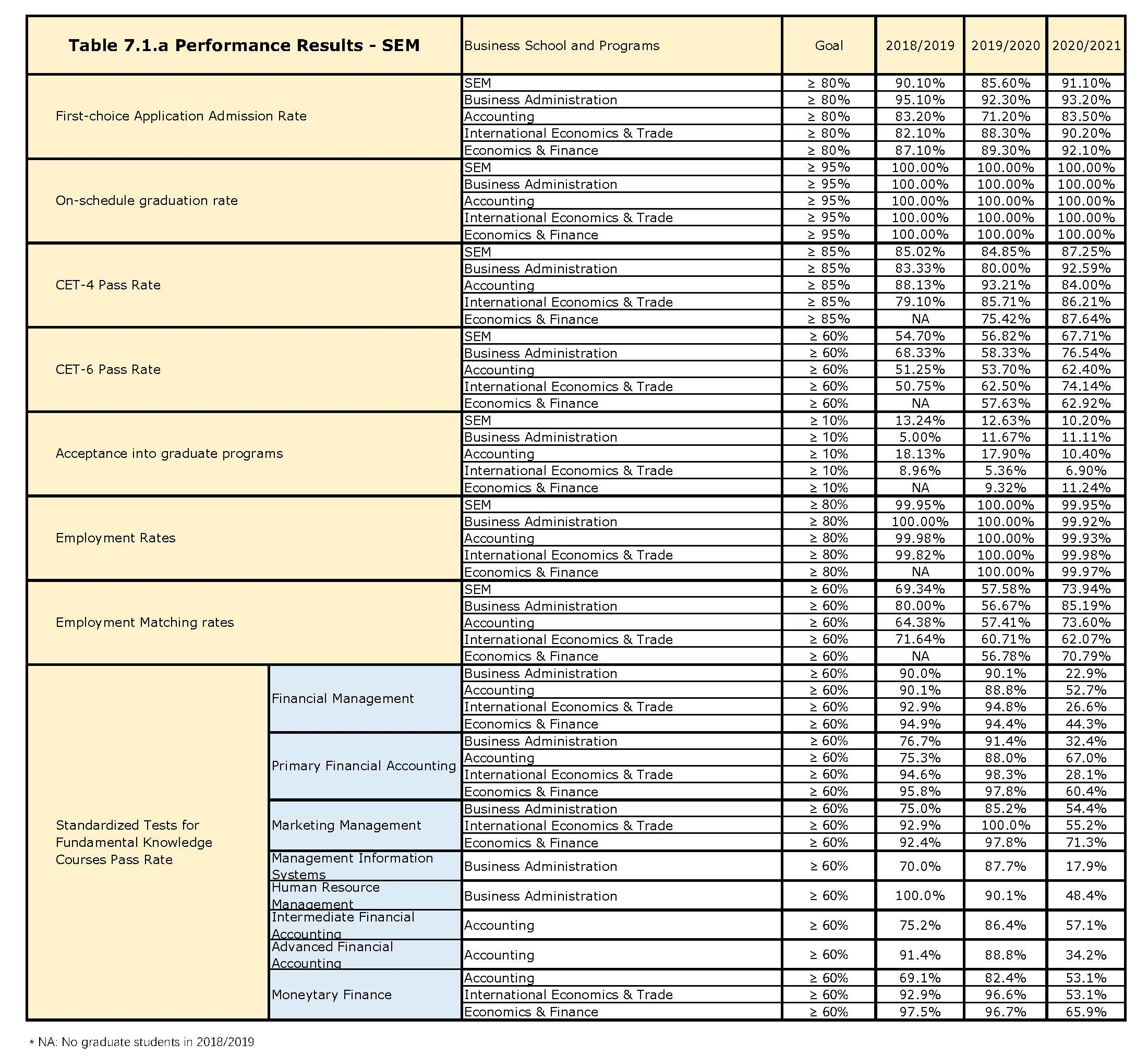Understanding Federal Student Loan Guidelines: A Comprehensive Guide for Borrowers
#### Introduction to Federal Student Loan GuidelinesFederal student loan guidelines are essential regulations that govern the borrowing process for students……
#### Introduction to Federal Student Loan Guidelines
Federal student loan guidelines are essential regulations that govern the borrowing process for students seeking financial assistance for their education. These guidelines are set by the U.S. Department of Education and provide clarity on eligibility, loan types, repayment options, and borrower responsibilities. Understanding these guidelines is crucial for students and their families as they navigate the complexities of funding higher education.
#### Types of Federal Student Loans
There are several types of federal student loans available to borrowers, each with its own set of guidelines. The most common types include:
1. **Direct Subsidized Loans**: These loans are available to undergraduate students with demonstrated financial need. The government pays the interest while the student is in school at least half-time, during the grace period, and during deferment periods.
2. **Direct Unsubsidized Loans**: Unlike subsidized loans, these do not require proof of financial need. Interest accrues while the student is in school, but repayment begins after graduation or when the student drops below half-time enrollment.
3. **Direct PLUS Loans**: These loans are available to graduate students and parents of dependent undergraduate students. A credit check is required, and borrowers can borrow up to the cost of attendance minus any other financial aid received.
4. **Direct Consolidation Loans**: This option allows borrowers to combine multiple federal student loans into one loan, simplifying the repayment process and potentially lowering monthly payments.
#### Eligibility Requirements

To qualify for federal student loans, applicants must meet certain eligibility criteria. These include:
- Being a U.S. citizen or an eligible non-citizen.
- Having a valid Social Security number.
- Maintaining satisfactory academic progress in college or career school.
- Completing the Free Application for Federal Student Aid (FAFSA) to determine financial need.
#### Repayment Options
Understanding the repayment options available under federal student loan guidelines is vital for borrowers. The U.S. Department of Education offers several repayment plans, including:

1. **Standard Repayment Plan**: Fixed monthly payments over a 10-year period.
2. **Graduated Repayment Plan**: Payments start low and increase every two years, designed for borrowers expecting to earn more in the future.
3. **Income-Driven Repayment Plans**: These plans adjust monthly payments based on income and family size, making them more manageable for borrowers with fluctuating incomes.
4. **Loan Forgiveness Programs**: Certain borrowers may qualify for loan forgiveness after making a specified number of qualifying payments under programs like Public Service Loan Forgiveness (PSLF).
#### Borrower Responsibilities
Borrowers must understand their responsibilities under federal student loan guidelines. This includes:
- Keeping track of loan balances, interest rates, and repayment terms.

- Making timely payments to avoid default.
- Communicating with loan servicers regarding any changes in financial circumstances that may affect repayment.
#### Conclusion
Navigating the world of federal student loans can be daunting, but understanding federal student loan guidelines is the first step in making informed financial decisions. By familiarizing themselves with the types of loans available, eligibility requirements, repayment options, and borrower responsibilities, students can effectively manage their educational expenses and pave the way for a successful financial future. Always stay updated with the latest guidelines and seek advice from financial aid advisors to make the best choices for your education financing needs.